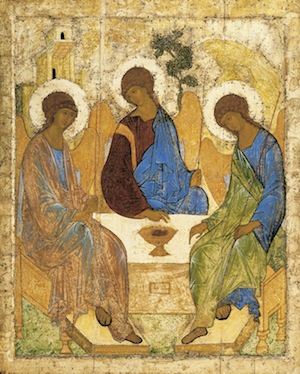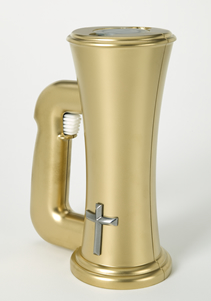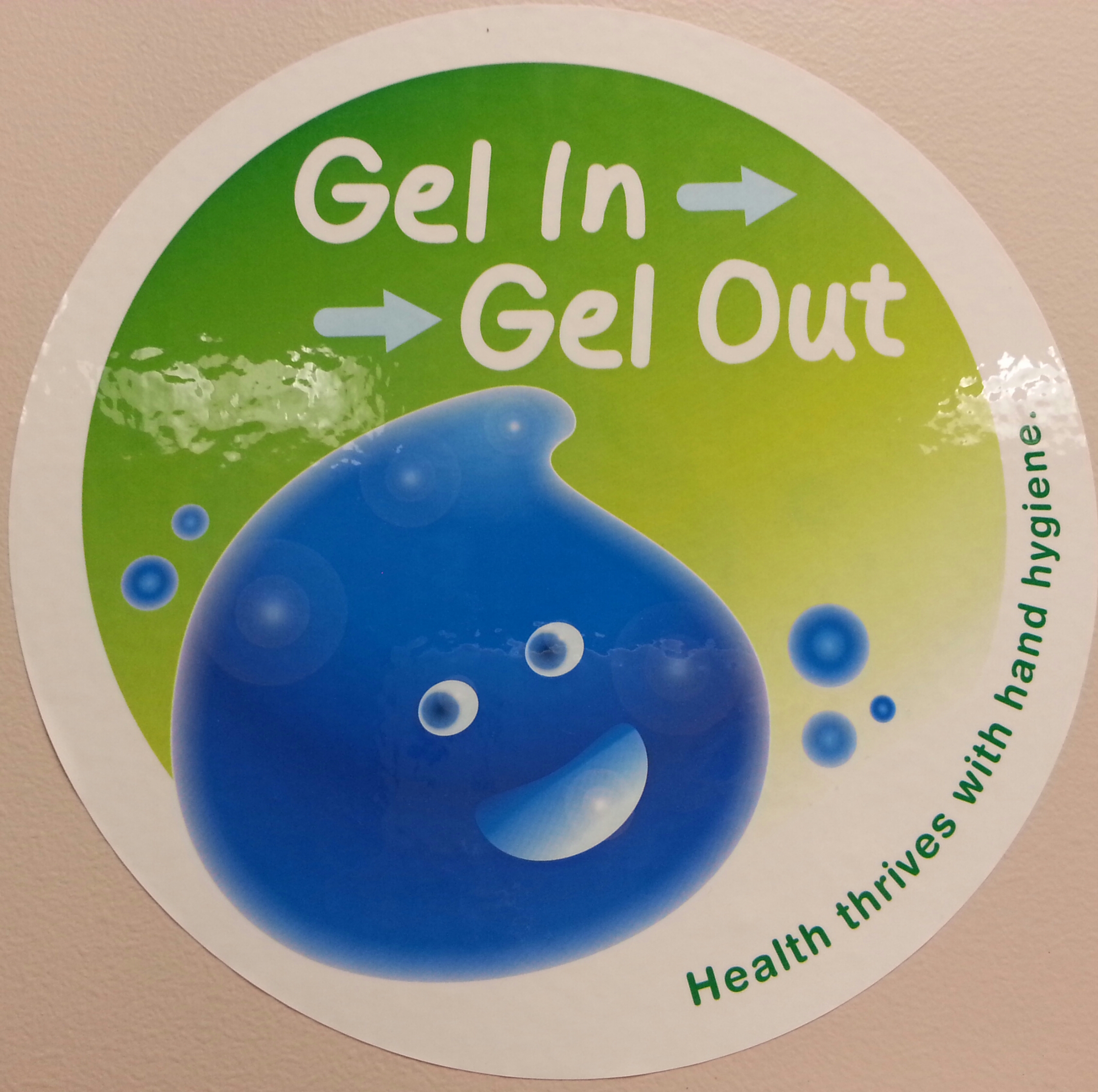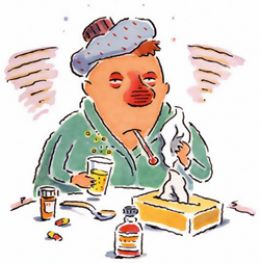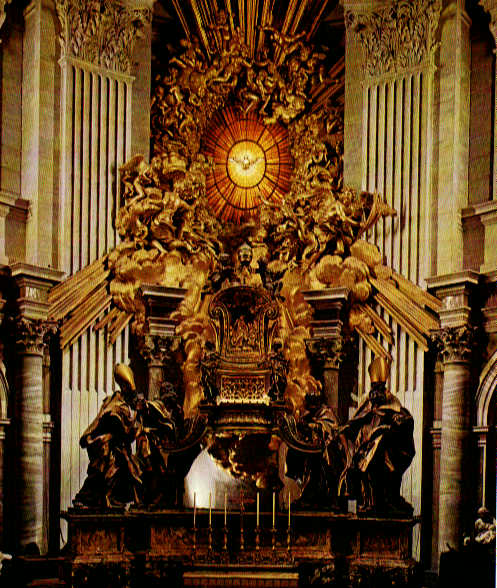The human touch
“Hey!”
I looked up past the bananas to the voice that hailed me at the deli counter. His smile was wide and he approached me as though we were old friends. I did a speed memory tracker. Did I know him? Where did we meet? My left brain had a mini-war with my right brain. The right won. I greeted the young man as though we were old friends.
“Hello!” The deli counter staff tried to avert their eyes but could not resist listening. Our apparent differences intrigued them. Why would a guy wearing a bandana and a leather jacket talk to a woman wearing pearls?
The young man saw that I needed help to remember.
“You were the volunteer who said hello to me and touched my hand when I was on a stretcher in the emergency room. Remember? I was in a car accident and in a neck brace and waiting to see a doctor. You stopped to talk to me.”
My left brain jogged through the myriad patients that I meet in similar situations. Somewhere, the memory of my encounter with this fellow pushed its way to the forefront. The young man had reached for my hand. He had been afraid. I had only stopped for a moment to speak with him on my way to care for several other patients who were waiting for assistance. Our encounter was very brief; I would estimate under a minute. So I was astounded that he recognized me at all. But he knew me immediately because I had touched his hand. I had wished him well. And there he was, standing at the deli counter, remembering me and greeting me like an old friend.
In between his deli order, we caught up on his health. He was well and thanked me for asking and thanked me again for my work. “You’re really good at what you do,” he called out as I pushed my cart to continue my pilgrimage through the grocery aisles. “Keep it up.” He grinned and went back to the deli counter, a sacred meeting ground standing over the cole slaw and sliced cheese.
Several days ago, a young waitress had waited for several weeks for me to walk into one my favorite local bistros for a bite to eat (and drink) after work. She pushed her way through the crowd at the bar to reach me.
“I’ve been waiting for two weeks for you to come in!” she said as she hugged me. I was stunned.
“You were? Really? Why?” Again, some faint recognition stirred in the caboose of my memory but I couldn’t for the life of me put it together.
“You brought my husband blankets and pillows when he was in the emergency room,” she said. “We were so grateful for your kindness. It made all the difference in the world. I’ve been waiting to say thank you and so glad that you came in tonight. Thank you so much for your kindness."
Last week, a woman trekked in through sleet to bring me a gift for giving her ice chips and frequently checking in on her long stay as she was evaluated and treated. The woman was still sick but needed me to know that she found my continued presence in my rounding throughout the day a great consolation.
On the same day, another man and his little son brought me a rose because I seen to the comfort of his wife when she was ill in the emergency department and provided their four year old son with something to eat and coloring books while the mom was being seen. Father and son returned several hours later to find me in the emergency department. The little boy handed me a single rose in a vase with a note: “Thank you for your kindness.” (The really crazy thing was that I had prayed to St. Therese of Lisieux on behalf of a close friend experience critical illness and asked if the Little Flower could provide me with a tiny spot of hope on his behalf. A few hours later, this little tike turned up with a rose. Okay. I’ve got it. Heaven’s with me.)
The human touch
Why do people migrate to Pope Francis? What was it about Mother Teresa that drew worldwide attention? What is everyone looking for and finds when they see it, locate it, touch it and respond to it in someone that moves them? What is it that draws people in?
Jesus provides the model to that question in today’s Gospel of John 13: 1-15. “You call me teacher and master and rightly so, for indeed I am. If I, therefore, the master and teacher, have washed your feet, you ought to wash one another’s feet. I have given you a model to follow, so that as I have done for you, you should also do.”
What does that mean?
Be fully human. Be kind. Smile. Anticipate what people may need and meet those needs before they ask. Bend down to lift others up, even if the encounter lasts for a ephemeral moment of time. Touch people physically, even when they’re ugly, dirty, desperate, scary, sad and desperate. Practice compassion without judgment, even though some people’s actions may test your patience to the last molecule of your being. That’s the dangerous call of the Gospel – to set everything else aside and take care of one another.
Jesus warns Peter – “Unless I wash you, you can have no share in me.” Then Jesus gives us the example of a lifetime and tells us that we should do for one another what he has done for us. Take care of one another. Build the reign of God here, now, in this time and place. “This is my command: that you love one another as I have loved you.”
People migrate toward something good. That’s what Christian discipleship is about - something so good, something so remarkable, something so joyful that people recognize it even when they can't put their proverbial finger on what or who that someone is or what that person does that changes them. St. Francis of Assisi got it right: "Preach the Gospel. Use words when necessary."
As I write this, an ambulance races by carrying someone vulnerable who needs the human touch. Christ in the world.
Holy Thursday blessings.
 Denise Morency Gannon
Denise Morency Gannon